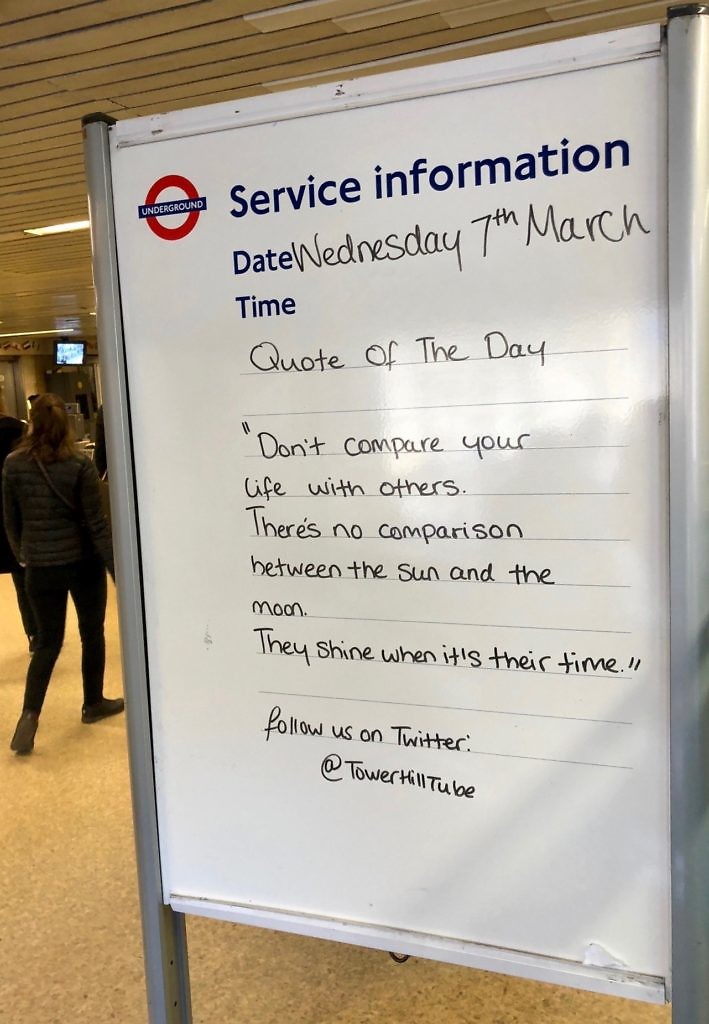There is no doubt in my mind artificial intelligence (AI) has the power to improve cancer diagnosis because if the system is trained sufficiently then an algorithm should potentially be able to spot subtle patterns, which can be missed by the human eye. Even well trained pathologists are not infallible, after all, as we have seen in other areas of cancer research diagnostics relating to immunotherapy.
There are a number of benefits to using computers and machine learning, such as reduced error rates in diagnosis thereby limiting misdiagnosis, as well as increased precision in determining low versus high risk lesions, leading to appropriate clinical intervention rather than under or over treatment. There are other potential advantages too, including speeding up processing of thousands of scans in a screening and prevention study.
A couple of years ago I was fascinated by a Google study published in Nature Outlook, which explored the value of 3D deep learning in low dose computed tomography of the chest for the purposes of lung cancer screening. They proposed a deep learning algorithm using a patient’s current and prior computed tomography volumes to predict the risk of lung cancer. This was something they were able to accomplish with surprisingly high accuracy, even to the extent they could beat out half a dozen radiologists with absolute reductions in the rate of both false positives and negatives.
The ultimate value of this kind of analytical approach?
“While the vast majority of patients remain unscreened, we show the potential for deep learning models to increase the accuracy, consistency and adoption of lung cancer screening worldwide.”
This month brings a confluence of an specialist AACR meeting plus WCLC, which means there are some fresh ideas to learn from and also some emerging clinical data to consider…

To learn more from our oncology analysis and get a heads up on the latest insights and analysis pertaining to oncology R&D, subscribers can log-in or you can click to gain access to BSB Premium Content.
This content is restricted to subscribers
 Every now and again something intriguing comes along, which generates a flurry of interest from our readers in terms of early stage pipeline developments.
Every now and again something intriguing comes along, which generates a flurry of interest from our readers in terms of early stage pipeline developments.






 As often happens in cancer research, a new class of compounds emerges every so often, fades out with various tricky clinical challenges then roars back again anew with target variations on a similar theme, as new data become available.
As often happens in cancer research, a new class of compounds emerges every so often, fades out with various tricky clinical challenges then roars back again anew with target variations on a similar theme, as new data become available. One of the big challenges with cancer research is sorting out the wheat from the chaff in terms of viable targets.
One of the big challenges with cancer research is sorting out the wheat from the chaff in terms of viable targets. This weekend saw a variety of updated data presentations roll out from ASCO GI – think of the wide range of tumour types encompassing gastric, colorectal, liver, biliary, and pancreatic cancers.
This weekend saw a variety of updated data presentations roll out from ASCO GI – think of the wide range of tumour types encompassing gastric, colorectal, liver, biliary, and pancreatic cancers.